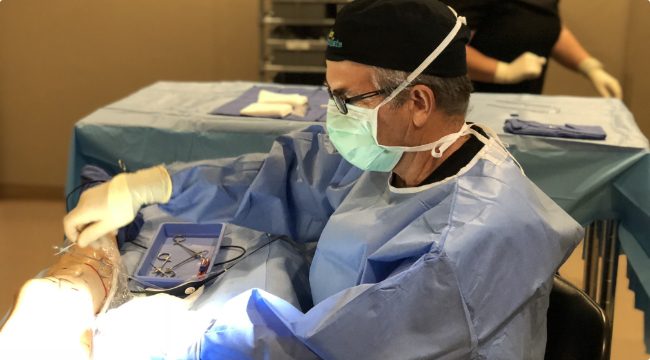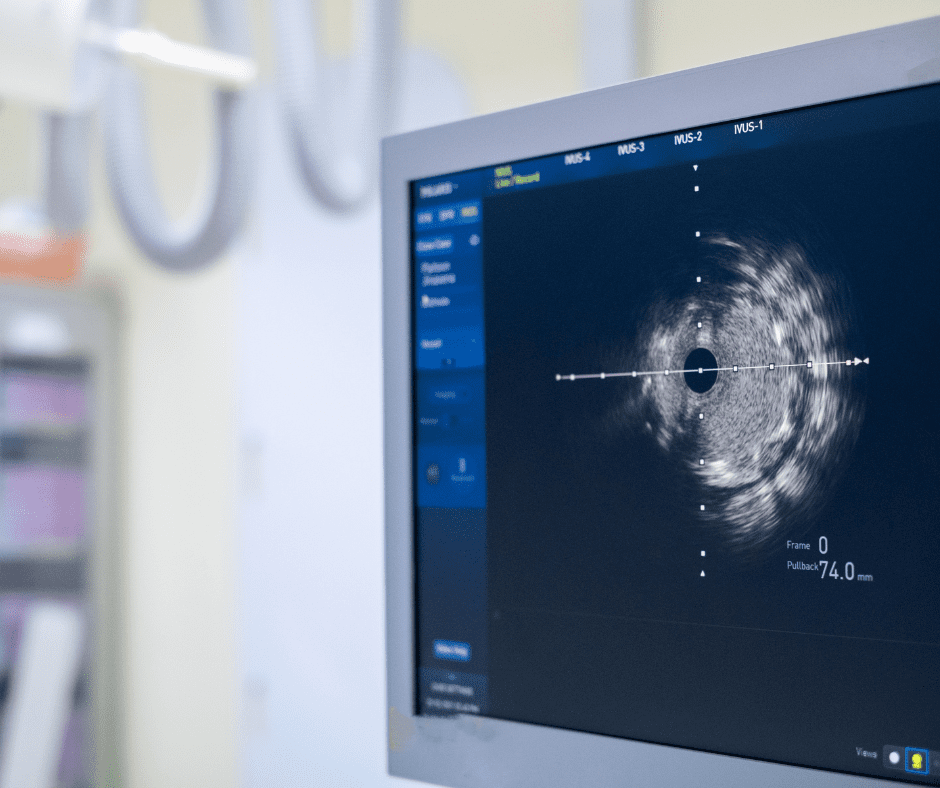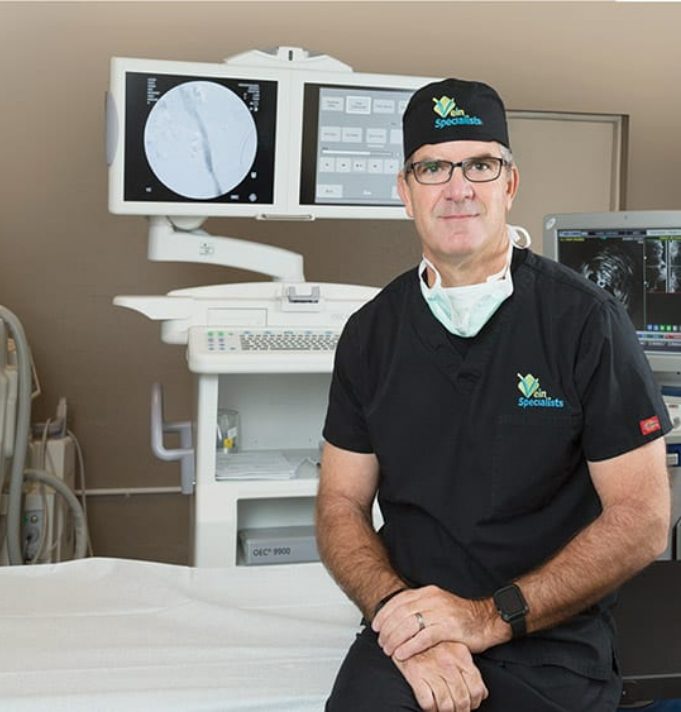Tired of enduring the discomfort of pelvic pain, lower back pain, painful menstruation, painful intercourse and chronic leg pain without ever receiving a definitive diagnosis? Relief is on the way!
That’s because renowned board-certified vascular surgeon Dr. Joseph Magnant offers duplex ultrasound and intravascular ultrasound (IVUS) evaluation for Pelvic Congestion Syndrome (PCS), May Thurner Syndrome (MTS) and Post-Thrombotic Iliocaval Obstructive Disease. IVUS is a cutting-edge, catheter-based ultrasound technology that allows Dr. Magnant to study pelvic vein blockages better than ever and is available in our offices in Fort Myers and Bonita Springs.
A highly accurate method of medical imaging, the IVUS procedure allows for the precise identification and measurement of pelvic vein blockages from within your actual veins rather than from the outside. This very specialized procedure is not available everywhere. Dr. Magnant and his world-class team have years of experience using IVUS testing to evaluate patients with signs and symptoms of PCS and actually treat the underlying cause of PCS including Iliac Vein Compression, May Thurner Syndrome and Post Thrombotic Iliac Vein Obstruction.











